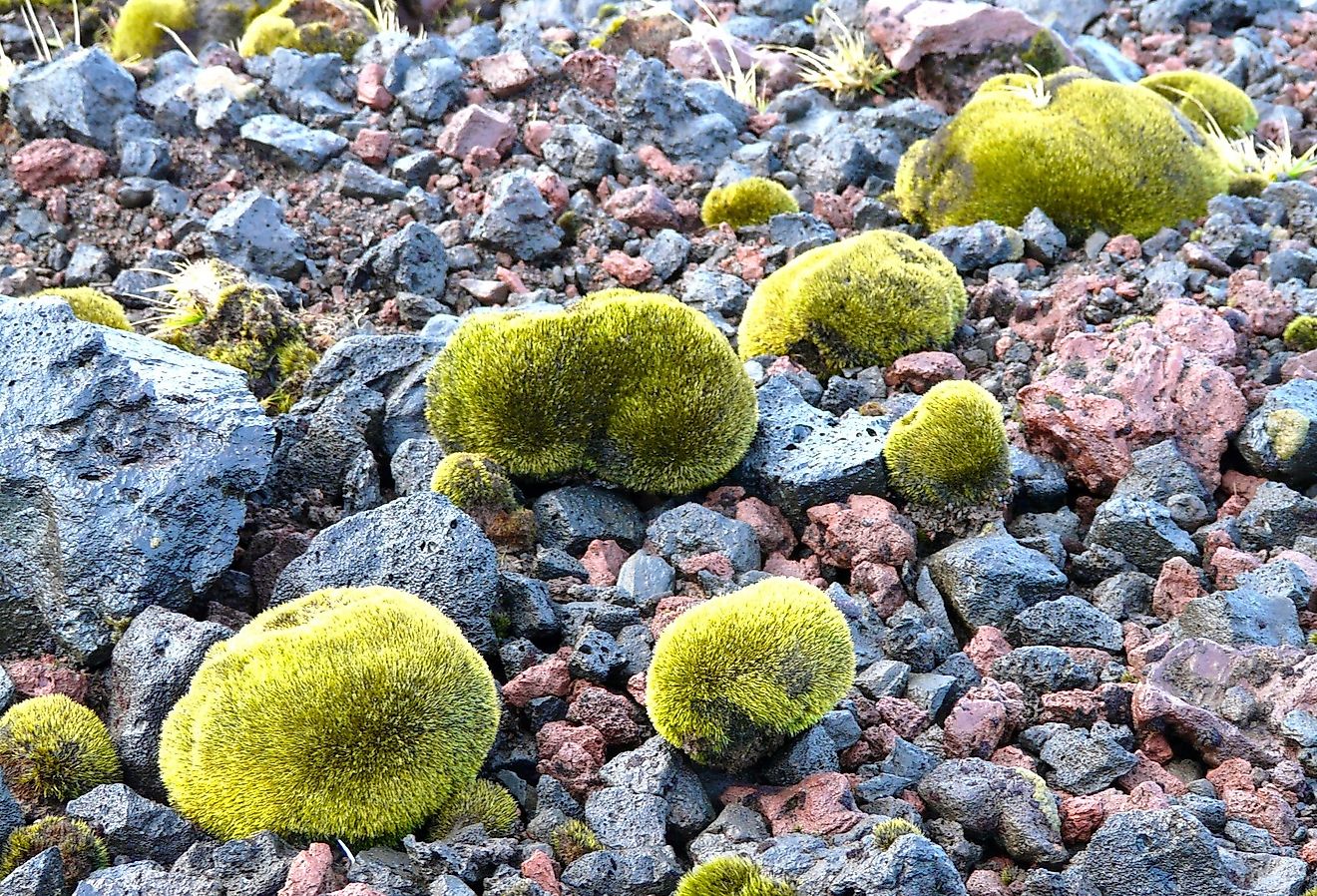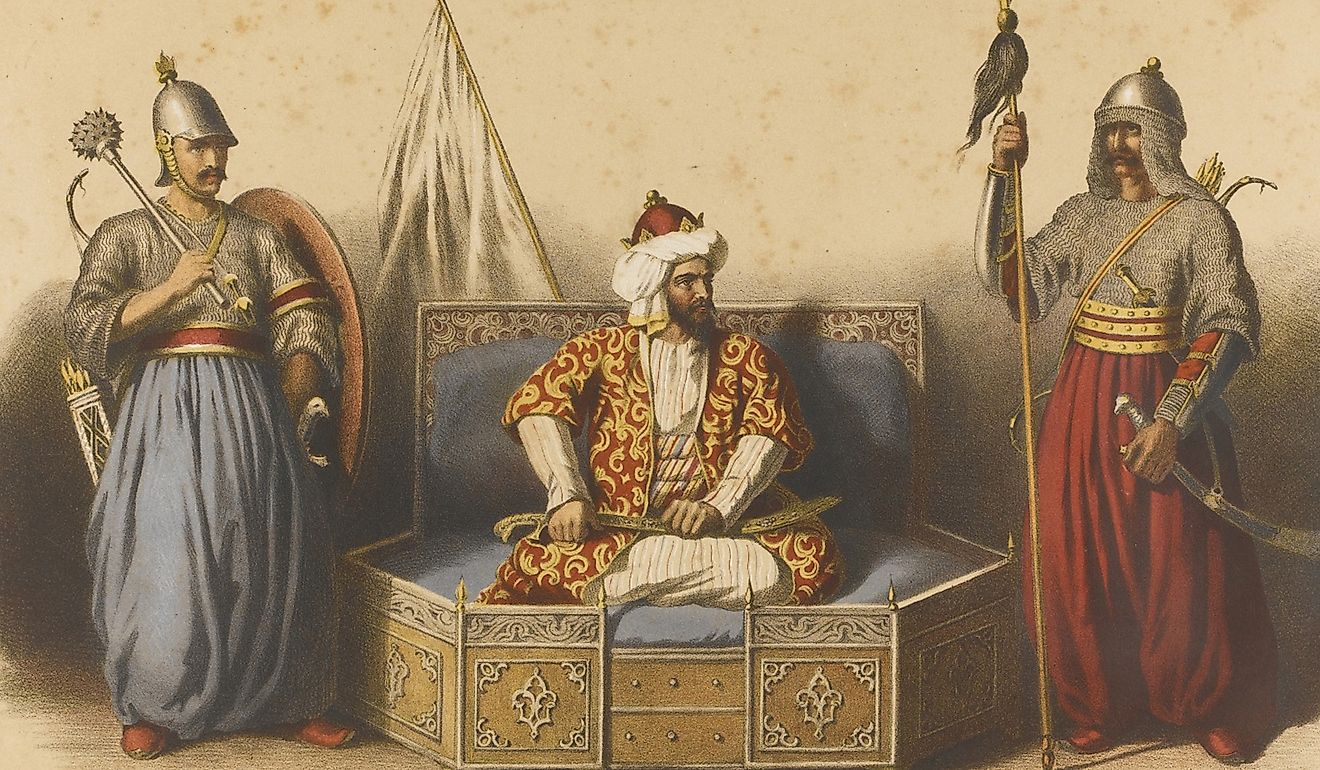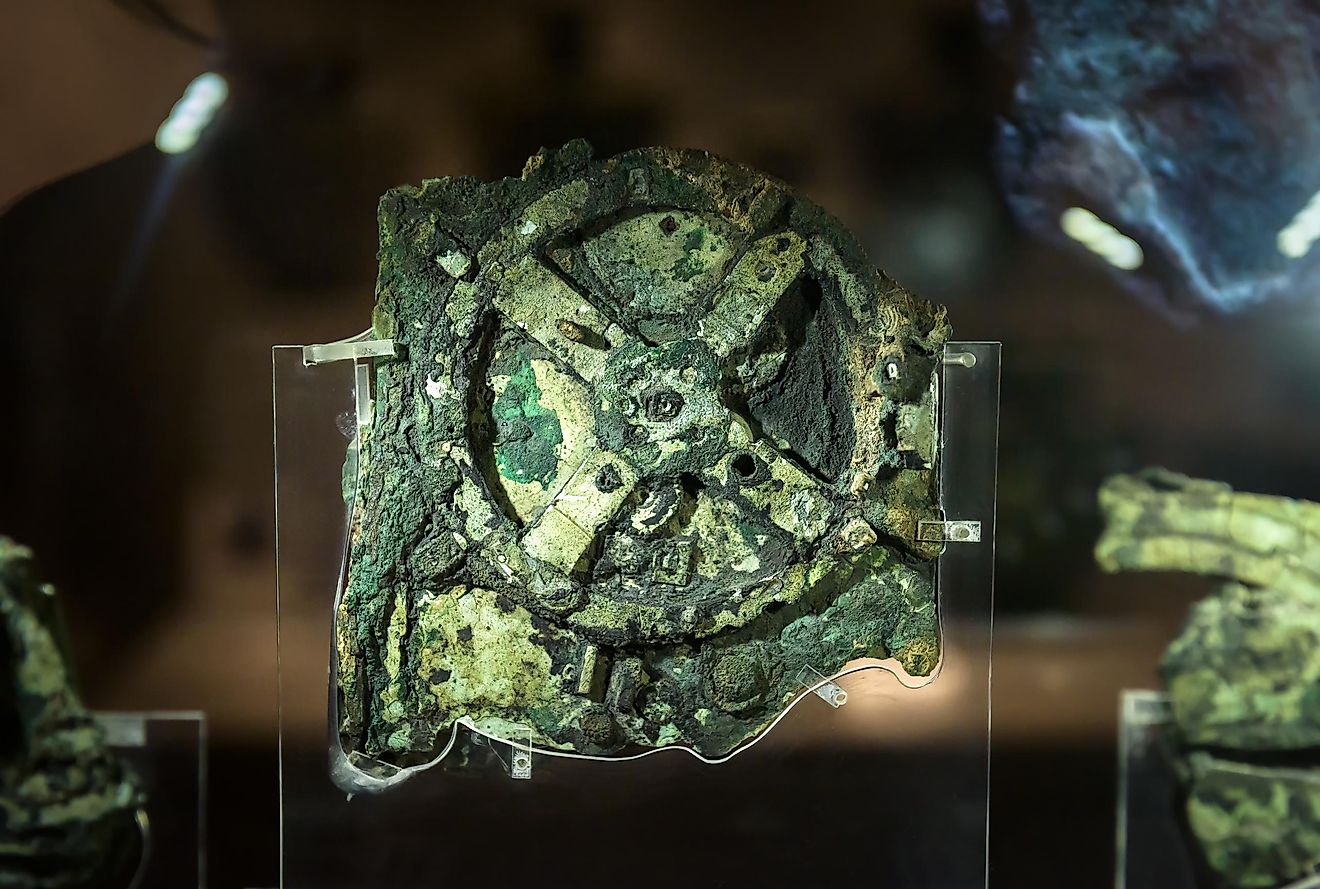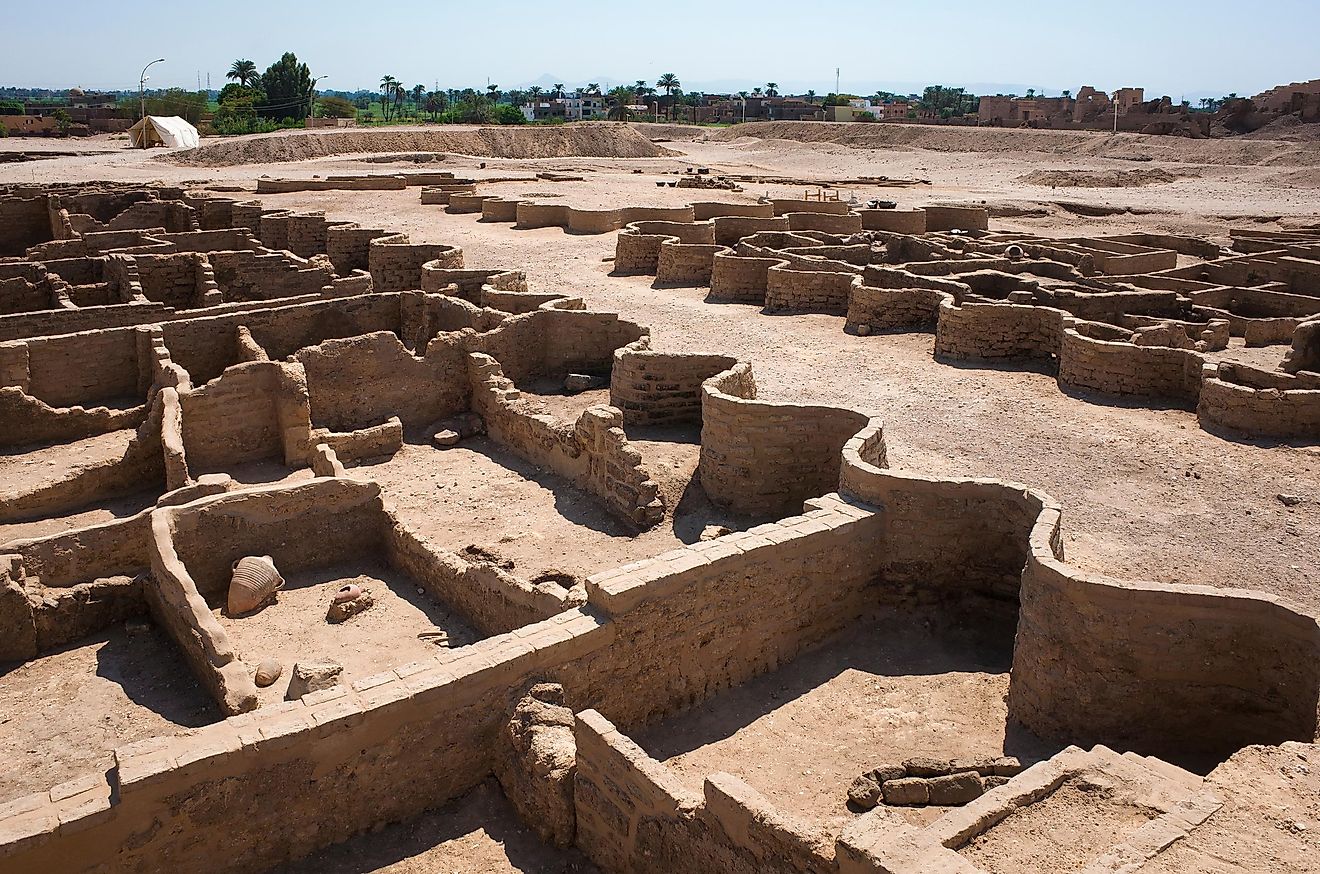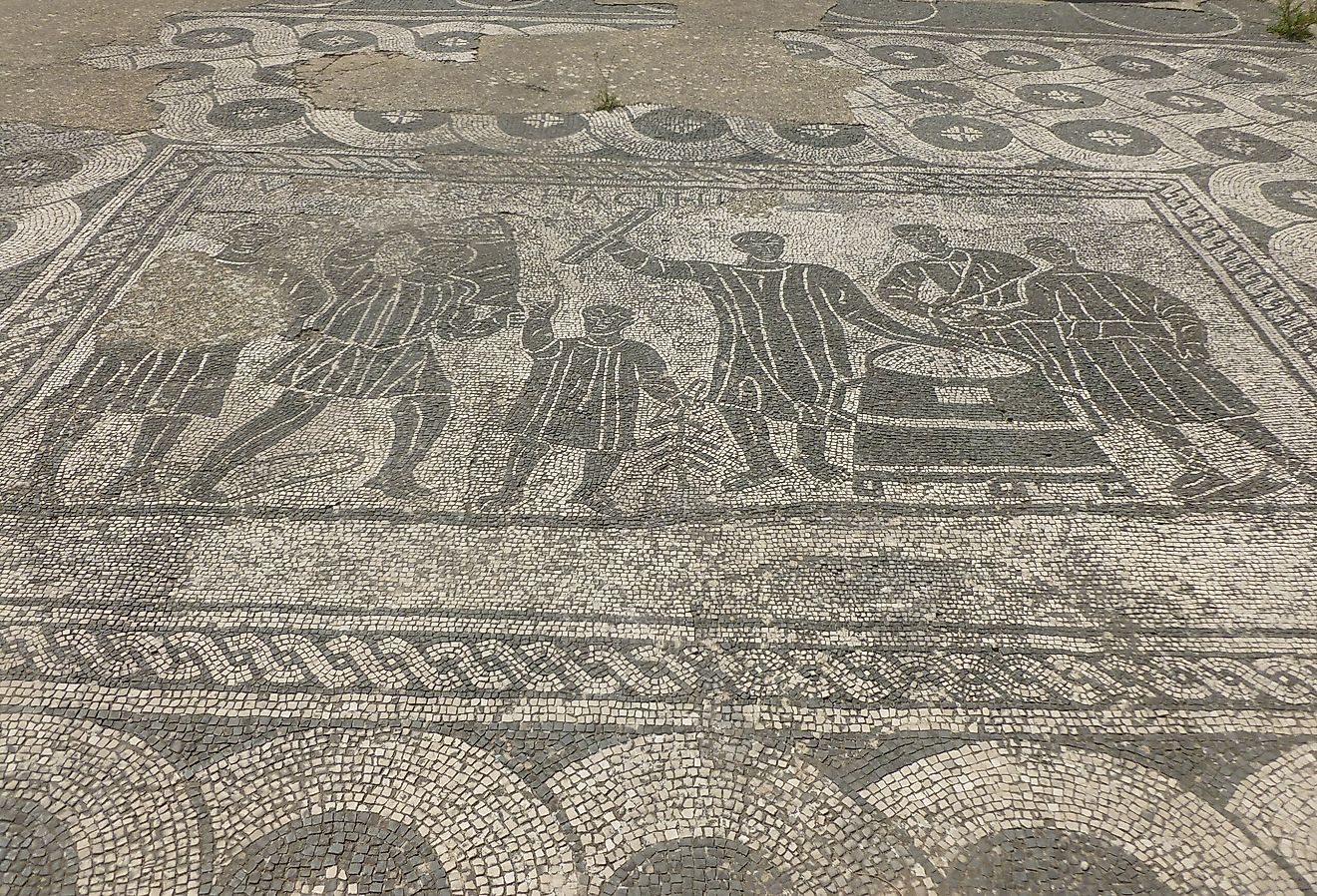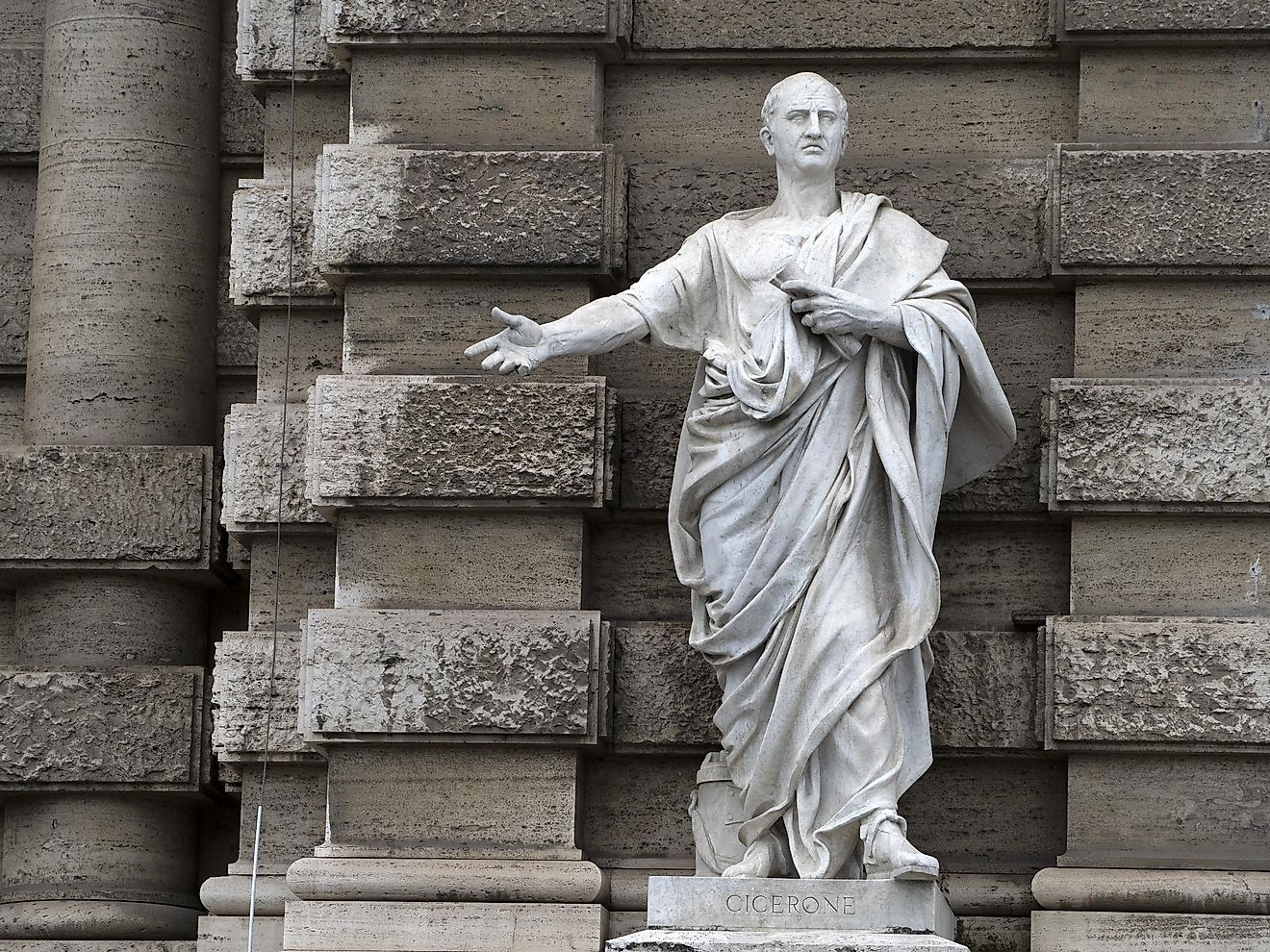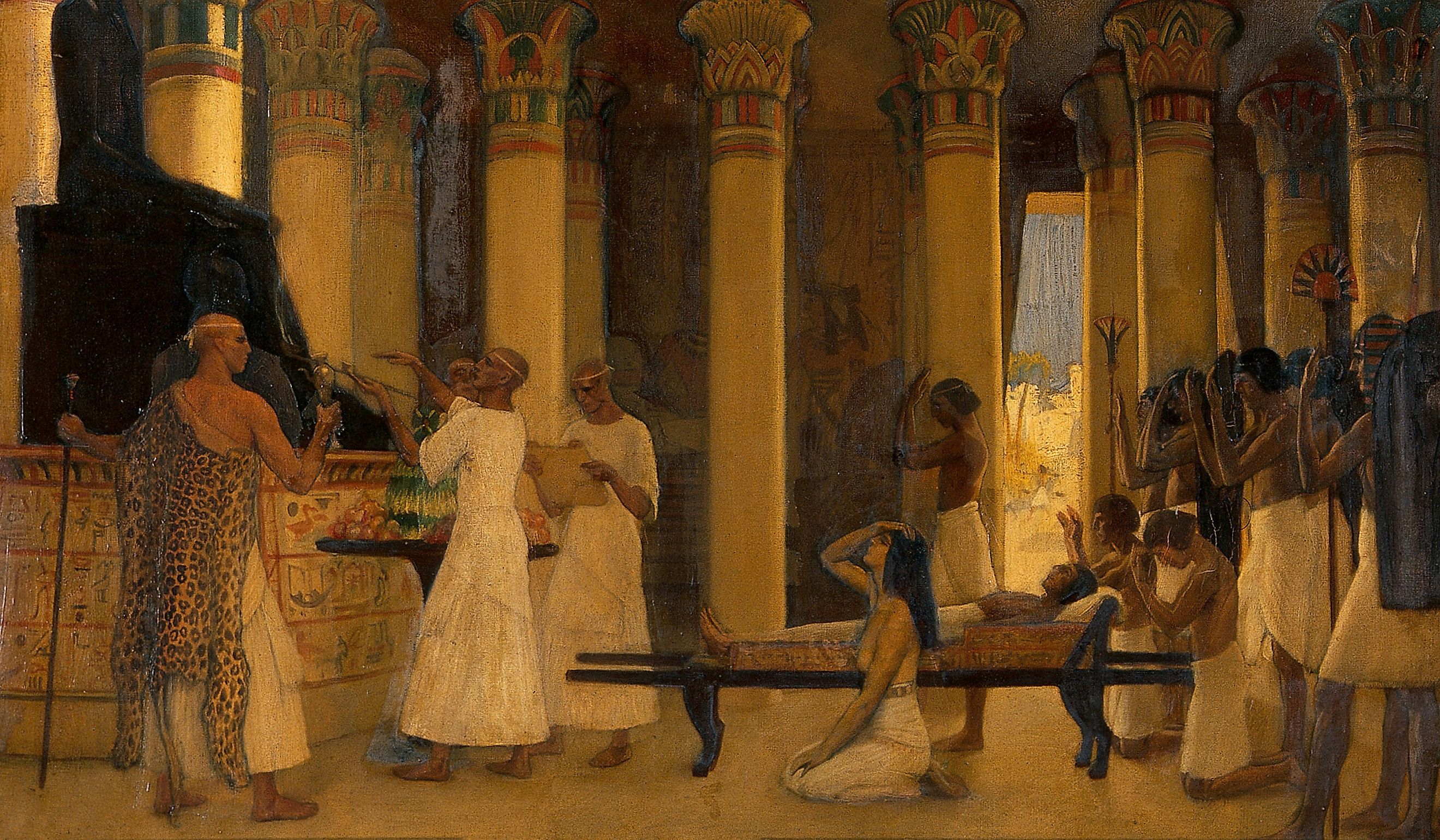
Egyptians Anticipated Antibiotics By Millennia By Using Moldy Bread
In 1928, Alexander Fleming isolated penicillin from mold, paving the way for the development of modern-day antibiotics. While Fleming gets the credit for this life-saving discovery, he wasn’t the first to use mold as medicine. Thousands of years before the British bacteriologist laboured over petri dishes in his lab, the ancient Egyptians were using moldy food as a rudimentary treatment for infections.
The Egyptian sage and healer, Imhotep, born around 26th century B.C is believed to have cured skin infections by applying moldy bread to the wound. Imhotep was chief advisor to Pharaoh Djoser and, at one point, considered Egypt’s top doctor. After his death, he was worshipped as a god of medicine and healing.
We also have evidence of Egyptians using this household curative in the Ebers Papyrus, an ancient manuscript dating back to around 1500 BC. The papyrus mentions applying moldy bread to wounds or ulcers, indicating that it was a common remedy at the time.
What’s So Special About Moldy Bread?
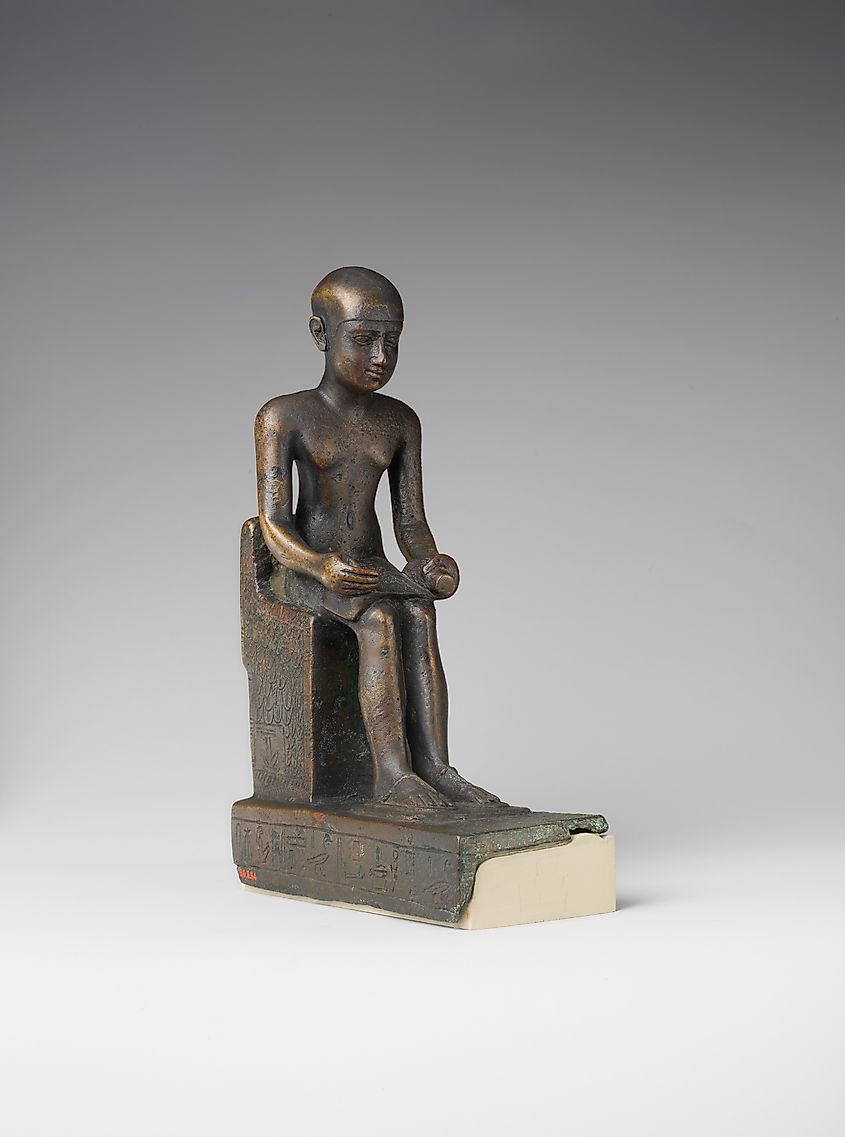
Fleming’s discovery of penicillin ushered in a new era in medicine where antibiotics could be mass produced and used for a variety of previously fatal infections from pneumonia to sepsis. Before antibiotics, even a small cut or scape could be life-threatening. After antibiotics, mortality rates dropped and life expectancy rose anywhere they were available and accessible.
An antibiotic is a substance that either kills bacteria or inhibits their growth. There are many different kinds, including penicillins, cephalosporins, tetracyclines, and macrolides, and they target different types of bacteria.
Penicillin became the first naturally-derived antibiotic to be identified in 1928 when Fleming returned to his lab after a short break and noticed mold growing on a petri dish full of Staphylococcus bacteria. The mold appeared to be inhibiting the growth of the bacteria, producing a self-defence chemical that killed it. This became known as penicillin.
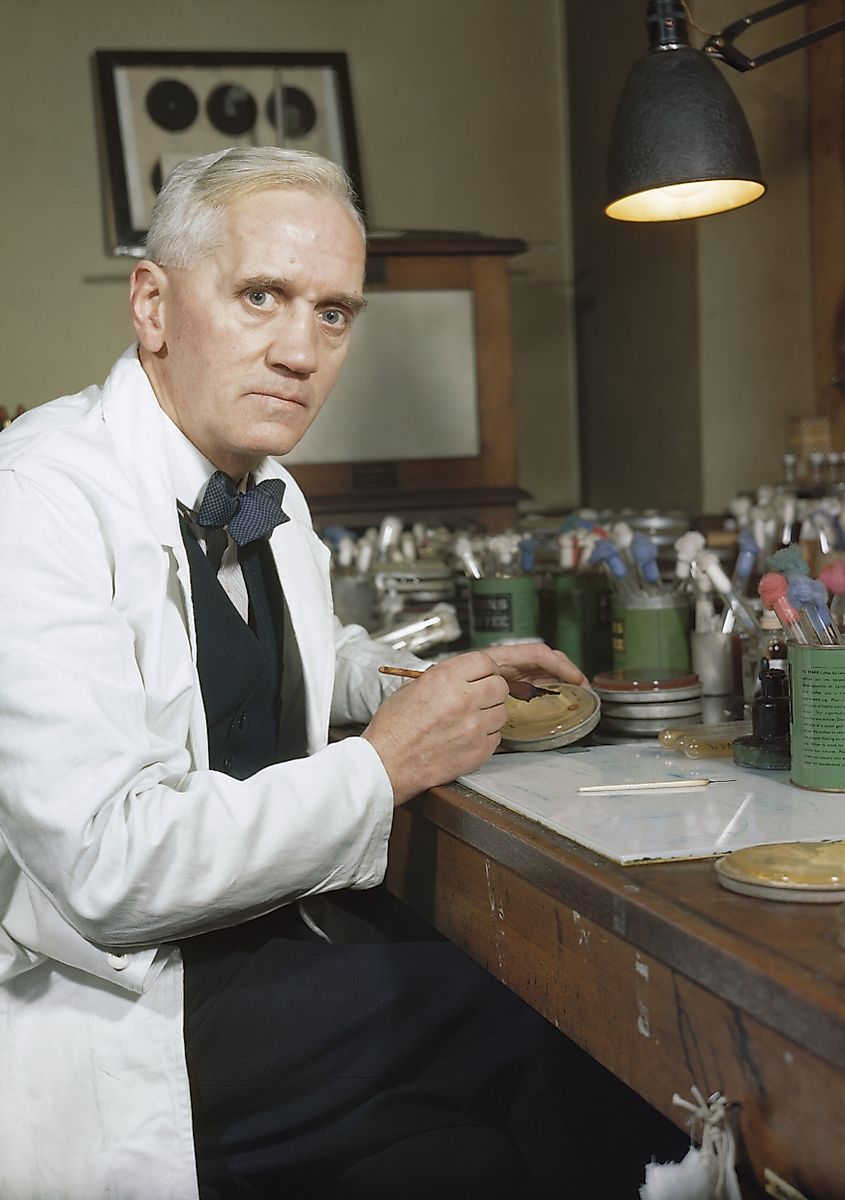
As anyone who’s ever forgotten to check the bread bin knows, if you leave a loaf long enough, it will get that telltale white, green, and blue fungus on the crust and through the bread. This mold can produce penicillin; however, before you start collecting moldy bread for the next time you get a cut, it’s not a cure-all.
The amount of penicillin produced from mold is very small. That’s why Fleming’s discovery wasn’t an instant medical hit. He and his fellow researchers needed to find a way to reliably produce penicillin on a large scale, which eventually led to the development of synthetic antibiotics produced through fermentation in lab conditions.
It’s also important to note that not all molds produce penicillin, and molds themselves can be very dangerous. They produce a substance known as mycotoxin, which can cause severe allergic reactions.
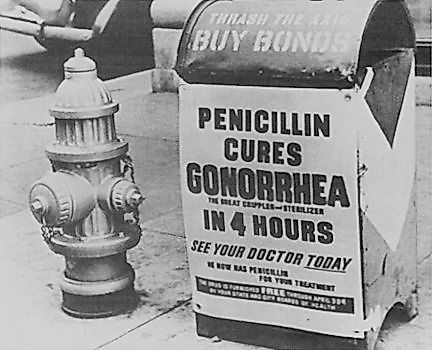
Egyptian Medicine
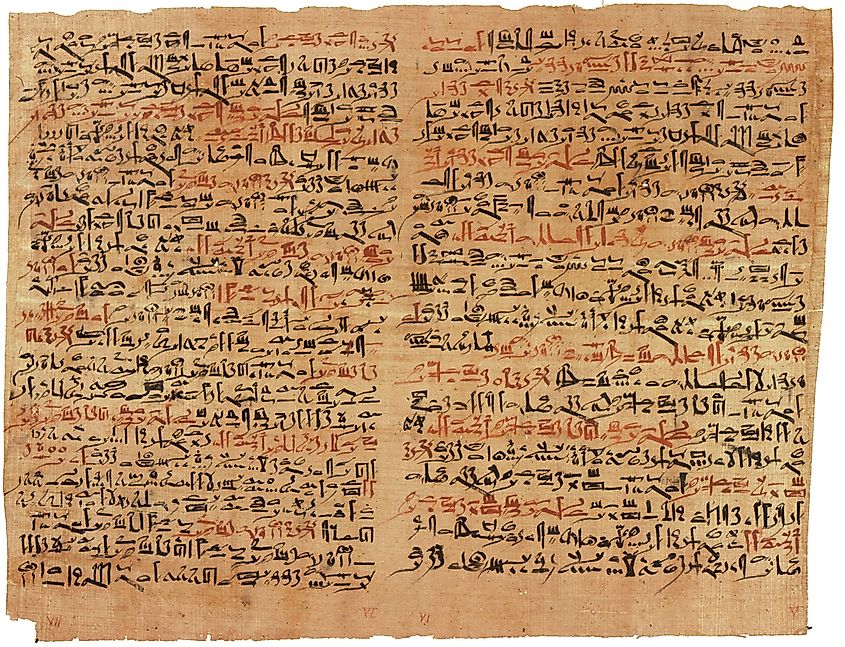
Given the limitations of mold, it’s even more impressive that the Egyptians successfully learned to use it in medical applications. We don’t know for sure if the mold they used contained penicillin but the reference to moldy bread as a common treatment suggests that they had discovered an effective antibiotic.
We can’t know how they stumbled upon this unique natural remedy but ancient Egyptian medicine was known as very sophisticated for its time. There are two surviving papyri that give insight into Egyptian medicine, the Edwin Smith Papyrus and the Eber Papyrus. Believed to be the world’s oldest medical texts, these show us just how advanced the Egyptians were despite having none of the technologically advanced medical equipment we enjoy today.
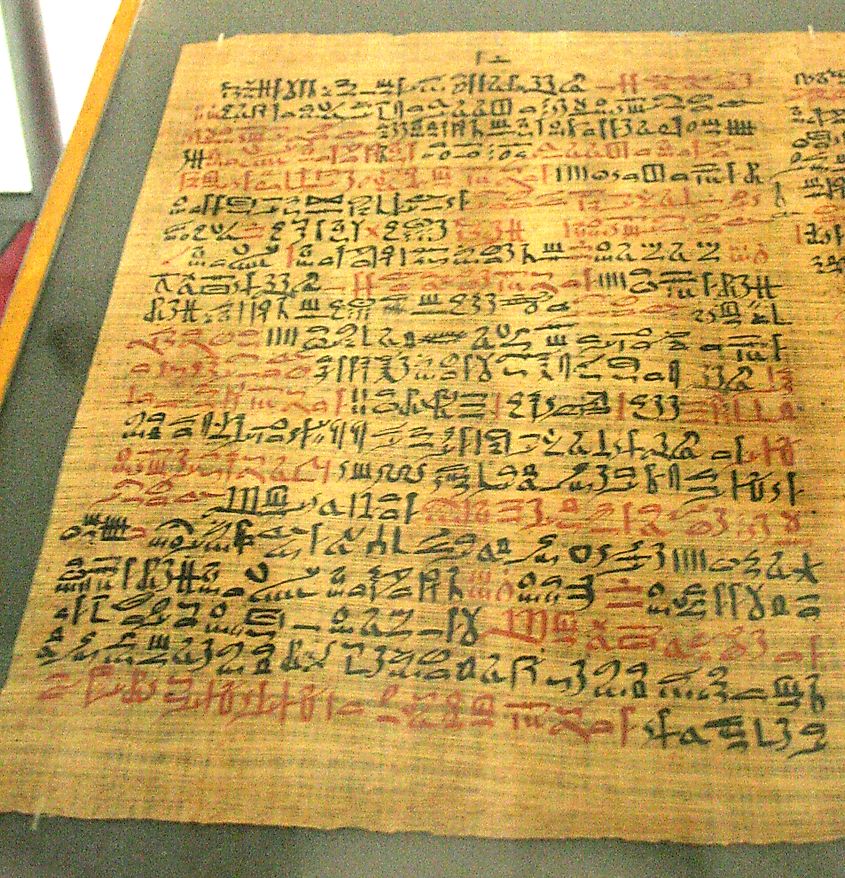
The Eber Papyrus tells us that the Egyptians had a solid understanding of human physiology, as it contains a detailed description of the circulatory system and information on the heart as the means of pumping blood around the body. The papyrus also includes hundreds of folk remedies, such as using willow bark, a precursor to aspirin, to fight pain.
It also appears that moldy bread wasn’t the only natural antibiotic in the Pharaoh’s medicine cabinet. We know from the Edwin Smith Papyrus that Egyptians also used honey, a powerful antibacterial agent, to dress burns to prevent infection and promote healing.
Given that the Egyptians didn’t have access to laboratory blood tests, CAT scans, ultrasounds, or any of the other medical marvels we take for granted today, the depth of their knowledge is remarkable. This ancient culture practised the purest form of empirical medicine — using trial and error to refine their methods and taking an evidence-based approach.
Ancient Antibiotics
The Egyptians weren’t the only ones to harness the power of moldy food. There are numerous examples throughout history, spanning different cultures and continents, of the folk remedy in action. The Aboriginal peoples of Australia scraped mold from Eucalyptus trees to treat their wounds, holy men in central Asia used a paste of moldy barley and apple as a poultice for cuts, and French peasants used moldy bread and jam as a home remedy.
What distinguishes the ancient Egyptians is that they were one of the first to use molds, and that it was just one of many effective treatments in their medical arsenal. It has long been known that this inventive civilisation led the ancient world in terms of engineering, commerce, craftsmanship, and geometry, but it appears they were also masters of medicine who were ahead of their time.




